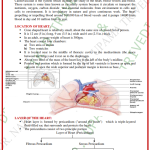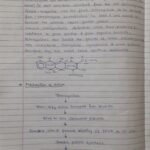- STREPTOCOCCUS
Rivolta-Isolate pus forming organism in
chain from horse,
Rebecca-Lancefield classification
Pasteur-Pus due to streptococci
Morphology
➢ Gram-positive cocci arranged in long chains,
➢ Size-1.0 micrometer , Non-spore-forming, Non motile
➢ Facultative anaerobes,
➢ Catalase – Negative
➢ KOH, Oxidase – Negative
➢ Fastidious and require enriched media
(1) Classification on Base of Hemolysis
➢ In 1903 J.H. Brown grouped streptococci by their ability to lyse
RBCs
❖Beta hemolysis( ): complete haemolysis (Most pathogenic)
❖Alpha hemolysis ( ): is partial or incomplete haemolysis
resulting in an opaque greenish-brown zone
around colonies,
❖Gamma hemolysis ( ): no haemolysis
( S.faecalis/Enterococcus)
(2) Sherman Classification of streptococcus
➢ Sherman in the early 1900s placed the streps in “physiologic”
groups via physiological differences.
❖ “pyogenic” group (to form pus): contained most of the
pathogenic penicillin sensitive beta hemolytic species, usually
isolated from pus.
❖ The bile tolerant penicillin resistant “gut” bacteria:
removed from the genus Streptococcus and later becoming the
genus Enterococcus
❖ The alpha hemolytic bile and penicillin sensitive
streptococci :which are normal microbiota of the oral cavity
several species are included here including S. mutans and Lancefield Capillary Precipitation download free










